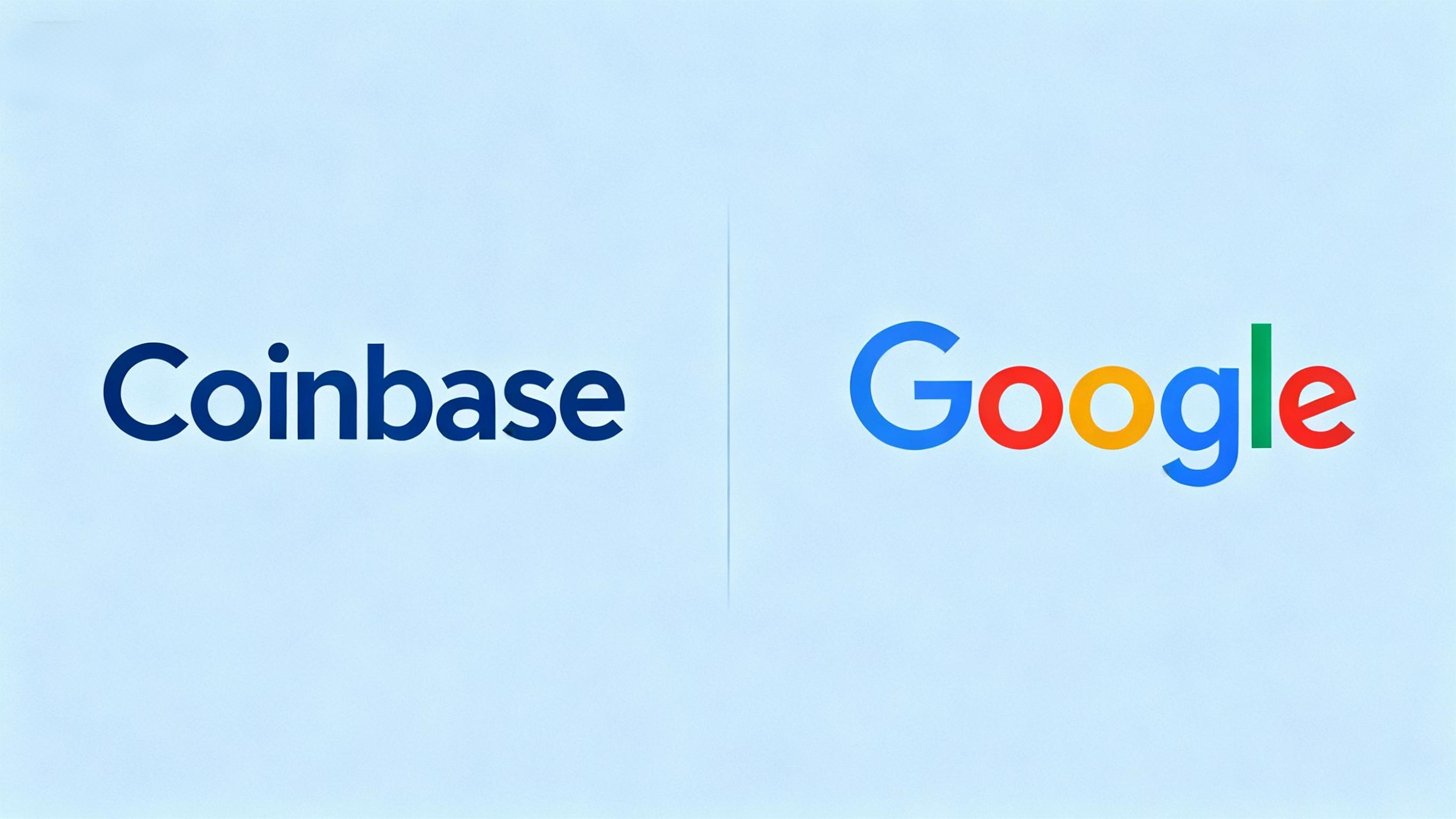
On September 16, Google and Coinbase jointly launched the Agentic Payments Protocol (AP2), coupled with the X402 stablecoin payment rail. This move grants AI Agents genuine payment capabilities. In other words, AI is no longer just capable of conversation and execution—it can now “spend money.” At this moment, the machine economy transitions from imagination to reality.
The Era of the Machine Economy Officially Begins
As early as August 2024, Coinbase pioneered a historic experiment: an AI robot used cryptocurrency to purchase tokens from another AI robot. Coinbase CEO Brian Armstrong publicly announced on X at the time that this was a fully AI-initiated and completed crypto transaction, with no human intervention.
The key infrastructure behind this is Coinbase’s MPC wallet. It allows AI Agents to directly generate and hold wallet addresses, using stablecoins like USDC for on-chain payments. Since AI cannot open accounts in the banking system, MPC wallets become their key to entering the economic system.
Since then, Coinbase has continuously pushed the boundaries of AI payments. They demonstrated a demo of AI directly paying humans in cryptocurrency, launched the CDP AI Builder program to support AI Agent wallet integration, and collaborated with startups like Skyfire to explore AI applications in autonomous procurement, labor settlement, and cross-border payments. The logic is very clear: if AI is to perform economic actions in the real world, it must first learn to transact, and blockchain and stablecoins provide the ideal rail for this.
Coinbase’s attempts proved feasibility, but Google’s involvement signifies that this direction is being embraced by mainstream tech companies.
Leveraging Google Cloud’s Agent2Agent (A2A) protocol, AIs across different platforms can already communicate and collaborate. The newly released AP2 protocol and X402 payment rail now equip AI Agents with genuine payment functionality for the first time. Agents can not only propose solutions but also autonomously complete settlements, with no human intervention required throughout the entire process.
In a demonstration with Lowe’s Innovation Lab, an AI Agent completed a full shopping process: diagnosing needs, recommending products, confirming orders, paying with USDC, and triggering fulfillment. No bank card information was entered, and no manual orders were placed. As natural persons, humans merely issued commands and expressed confirmations, and the on-chain transaction was ultimately completed.
Google’s identity lends symbolic significance to this progress. This is not a blockchain startup conducting fringe experiments; rather, it is the world’s largest cloud services and AI infrastructure giant directly driving the standardization of AI Agent payments.
The Natural Fit Between Blockchain and AI Agents
The core characteristics of AI Agents are autonomous decision-making and automatic execution. However, without the ability to complete transactions, their role in the economic system remains limited. The payment环节 is precisely the key to transforming “agents” into “economies.”
Blockchain and stablecoins provide the foundation for all of this. First, they eliminate the门槛 of opening accounts. AI cannot open bank accounts but can generate a wallet address in seconds. Second, on-chain payments enable real-time settlement, with funds arriving in seconds without waiting for complex清算 processes. Finally, the cost of blockchain payments is low enough to support micropayments of a few cents or even smaller amounts.
This means AI Agents can truly be deployed in various scenarios. For example, research agents can automatically pay to access databases and generate reports instantly; code review agents can charge a few cents based on the number of bugs found; customer service agents can instantly call translation agents and pay for their services; procurement agents in manufacturing can even automatically place orders and complete cross-border settlements.
This is not just a functional complement but the beginning of the machine economy. Thousands of AI Agents will exist as economic entities, with blockchain providing them with payment, identity, and property rights guarantees. The transactions between them will constitute new micro-economies.
As AI Agents take on increasingly complex tasks, from cross-platform collaboration to automatic fulfillment, seamless payment will become a core driving force. For developers, this means a全新的 economic testing ground. They can create services run by Agents, explore “pay-as-you-go” business models, or build micro-economic systems entirely driven by Agents.
For the blockchain industry, this provides the most direct practical scenario for “crypto-native AI.” Blockchain provides the foundation for transactions and property rights for AI, while AI provides real application demand for blockchain. The combination of the two may become the growth point of the next tech cycle.
As Google and Coinbase emphasized in their release, payment is just the beginning. As AI Agents increasingly enter autonomous workflows, transactions will not merely be ancillary环节 but will become the core of the machine economy.
















